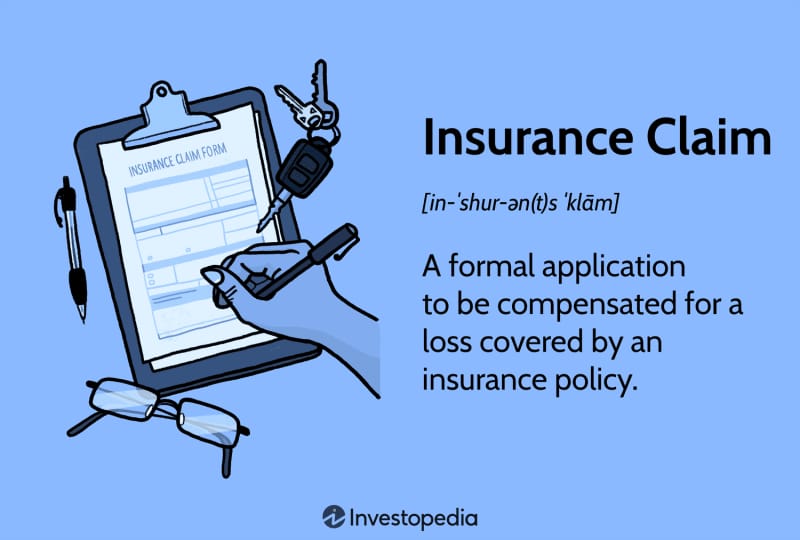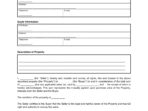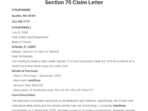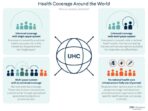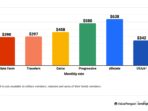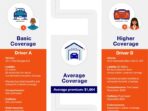Insurance Oon Meaning – You may not think about your health insurance identification card. After all, he probably spends most of your time in your wallet, until you, your doctor or other medical provider really need it.
However, let’s take a moment to see the many important information you can find on your card. After all, this is your passport to handle and coverage, so you should know what all information areas really mean.
Insurance Oon Meaning

The descriptions below apply to most health insurance insurance certificates in the United States. If you live outside the United States or have an insurance provided by the government, you can see several different fields in your analysis.
How To Read Your Insurance Card
He is dedicated to helping him understand his health insurance, but he must always call his insurer to his customer service number on his card if he has any questions about his specific health plan or coverage.
This is your insurance company and one or more ways to communicate with them, such as their website and telephone numbers for customer service or other specific needs. Part of this information can be at the end of the card.
If you are insured, your name will be on the card. If you have a dependent, like a spouse or children, in your health insurance policy, your names can also appear on your card. If you are not secured, your card can show your name and the name insured in separate fields.
Each person covered with a health insurance plan has a unique identification number that allows medical care providers and their staff to verify coverage and organize the payment of services. This is also the number of health insurers use specific members and answer questions about claims and benefits. This number is always at the front of the card. If insured, the last two digits in their number can be 00, while others in politics can be numbers that end in 01, 02, etc.
Cif Incoterms: What Cif Means And Pricing
Each employer who buys a health plan for his employees also has a number. This group number detects the specific benefits related to its employer plan. Health services supplies use the group number plus your friend’s identification number to present your care claims. If you buy insurance through health exchange (market places established by a reasonable price treatment law, sometimes called “Obamacare”), you may not have a group number.
There are many different types of health insurance plans. Insurance companies specify the type of program in their identification to help health suppliers to present themselves correctly. For certain types of programs, the type of program will appear in the ID (example: HMO), while Medicaid and Child Health Plus will include the logo of each program. Each type of program has different ways of treating references, work suppliers and output costs. The most common types are:
Some insurance companies give specific names to certain plans, such as those available through Exchange Exchange, instead of using group numbers (above).
:max_bytes(150000):strip_icc()/close-up-of-cropped-hand-filling-insurance-claim-form-on-desk-979529324-5c05a3d5c9e77c0001dfb595.jpg?strip=all)
Many health insurance cards show the amount you pay (their pocket costs) for common visits to your main treatment doctor (PCP), experts, urgent treatment and the emergency department. This can be a fixed (copayment) or cost percentage (currency insurance). If you see two numbers, the first is its cost when you see a network supplier, and the second is generally higher, it is its cost when you see out of the network (OON). For example, when a specific expert is addressed or sent to a specific hospital, they may not be in their insurer.
How Works The Pledging A Life Insurance Contract In The Context Of Operations On The Contract
Your insurance company can provide outdoor coverage through a different provid health network. If so, the name of that network will probably be on your insurance card. This is the network you want to look for if you need access to health when you are not on vacation or outside the city in a business.
If your program includes benefits of prescription medications, you will also find information related to them in your health insurance identification.
The formula is the list of prescription drugs covered by your insurance company. Some insurers have different formalities covered by different programs, and indicate which formulas in the identity certificates of the members. For example, CDPP members will see formulas 1, formulas 2 or the medicaid formula on their cards. (If it is a CDPPP without formulas on your card, you have formulas 1.)
Most formulas are divided into three layers that contain different types of drugs. Each layer is defined at a different price that pays when the recipe collects in a pharmacy. In general, generic drugs constitute most layers 1, brand drugs increase a little more and make up most of layer 2, and special medications (which cost the most) constitute most of layer 3.
Understanding The Term Insurance Rider; What, How, Who?
Several insurance plans sometimes cover different pharmacy networks. If so, you will probably be on your insurance card. For example, CDPPP employer plans use a main network; Individual CDPPP programs (such as those that through health exchange) use the value network; And CDPPP programs for older people use the Medicare network.
Your pharmacist will use this number to process your recipe. This indicates which company will return the prescribed pharmacy. However, not all insurance identifications contain this number.
It seems a lot of information to pack a small rectangle, and it is! Even so, you can find more information on your card, such as:
:max_bytes(150000):strip_icc()/insurance_claim.asp-final-ad2bc2c60d5c46e999bf064a90ff2dc6.png?strip=all)
Remember: If you are a CDPPP member, you can see your online identification card through our Secure Friends website or use the MY CDPP mobile application.
How To Find The Best Health Insurance Plan For You And Your Family
You can always call customer service number on your card to ask any questions about the details of your program. Insurance is a contract, represented by a policy, where an insured receives financial protection or reimbursement against the losses of an insurance company. The company incorporates customer risks to make payments cheaper for the insured. Most people have some insurance: their vehicle, home, health or life.
Insurance policies close to financial losses resulting from accidents, injuries or property damage. Insurance also helps cover costs related to liability (legal responsibility) for damages or injuries caused to a third party.
There are many types of insurance policies available and, in fact, each person or company can find an insurance company that is ready to secure them, at a price. The types of common personal insurance policy are a vehicle, health, owners and life insurance. Most people in the United States have at least one of these types of insurance, and state law requires car insurance.
Companies obtain insurance policies for specific field risks, for example, a fast food restaurant policy can cover the cooking employee injuries. Medical negligence insurance covers responsibility claims related to injuries or deaths resulting from the negligence of the health service provider. A company can use a record of registration insurance to help them manage their employees. State law may require companies to buy specific insurance coverage.
What Is The Effective Date In An Insurance Policy? (2025)
There are also insurance policies available for very specific needs. This coverage includes commercial closures as a result of civil authority, kidnapping, rescue and extortion (K&R), identity theft insurance and wedding and cancellation responsibility.
Understanding the way of insurance work can help you choose a policy. For example, integral coverage may or may not be the correct type of car insurance for you. Three components of any type of insurance are the premium, the policy limit and the deductible.
The policy premium is its price, usually a monthly cost. Often, an insurer takes a series of factors to determine a premium. Here are several examples:

Much depends on the perception of the insurer its risk of claim. For example, suppose you have some precious cars and have a reckless driving history. In this case, it will probably pay more for the car policy than someone with a single sedan and a perfect driving. However, different insurers may charge different premiums for similar policies. So find the right price for you requires whip work.
Insurance: Definition, How It Works, And Main Types Of Policies
The policy limit is the maximum amount that will surely pay for a loss of policy. You can establish a maximum for a period (for example, an annual or policy period), for loss or injury, or throughout the life of politics, also known as a maximum of life.
In general, the highest limits have higher premiums. For a general life insurance policy, the maximum amount that the insurer will pay is called specified value. This is the amount paid to your beneficiary with your death.
The Federal Law for the treatment of a reasonable price (ACA) prevents the programs compatible with ACA from establishing a life limit for essential health benefits, such as family planning, maternity services and child care.
The auto -participation is a specific amount that pays her pocket before the insurer pays a claim. An outbreak serves as a deterrent for large inflatables of small insignificant statements.
What Is One Way Travel Insurance & How Does It Work?
For example, a $ 1 deductible $ 1 means that it pays the first $ 1,000 per claim. Suppose the damage of your car amounts to $ 2,000.
The auto -participation can be applied by politics or claim, depending on the insurer and the type of policy. health

